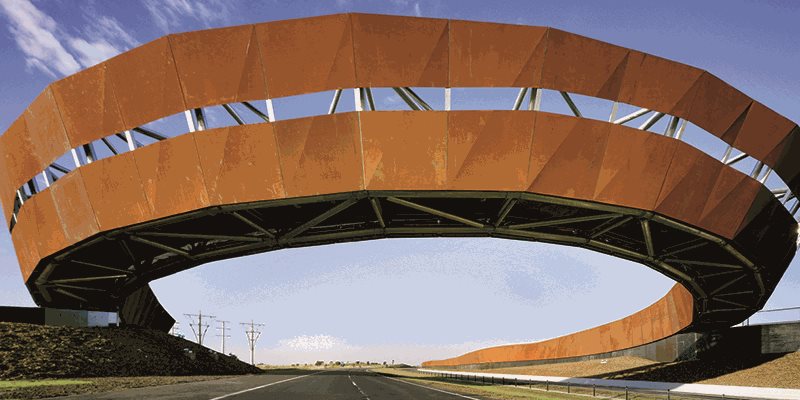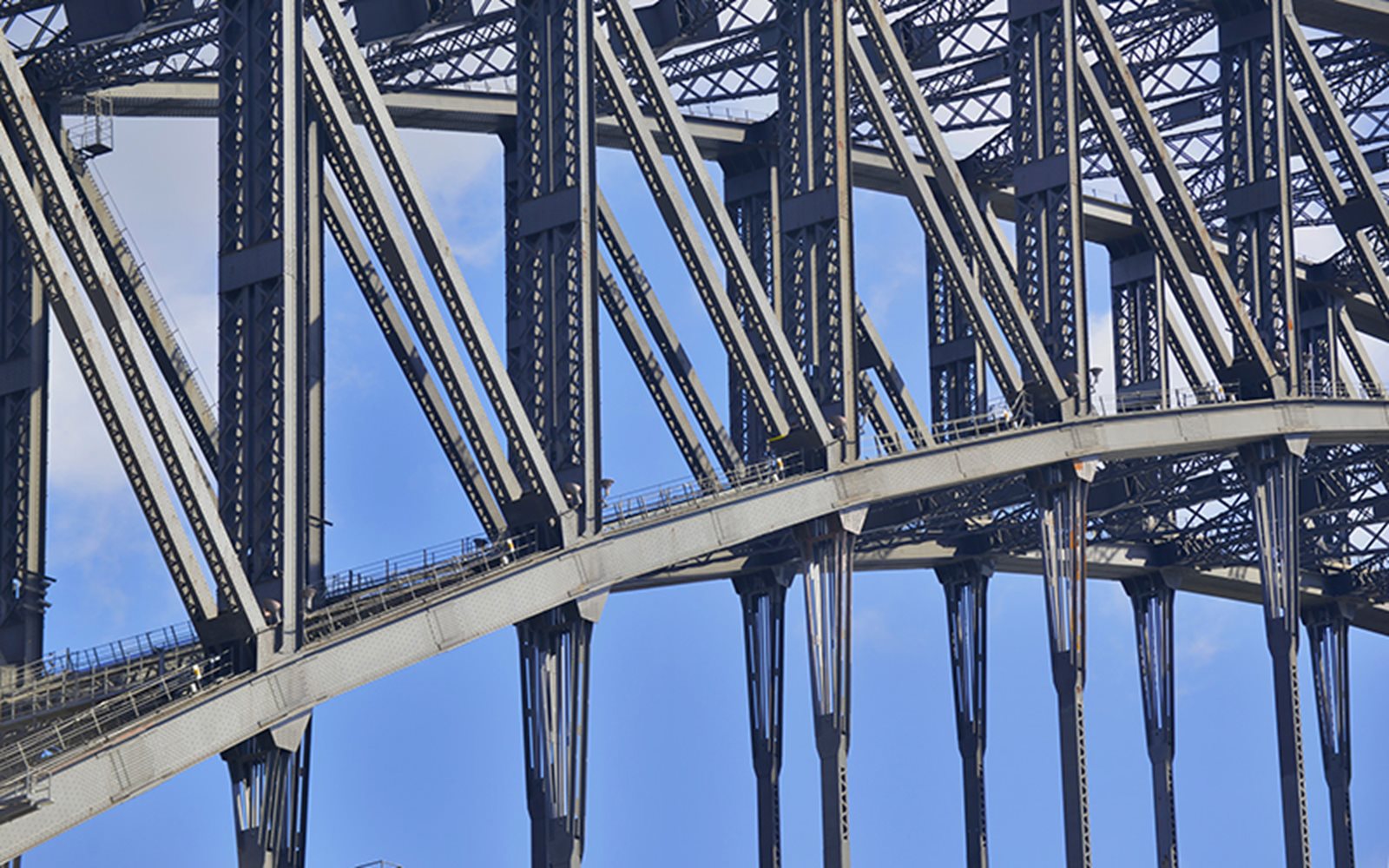

The potential for steel to benefit our community through fit-for-purpose, cost-effective new, replacement and renewal programmes for steel bridge construction is unquestionable.
Bridges dot the Australian landscape, both in our cities and on our extensive rural road and rail network. There is an ongoing requirement for new bridge construction to support the unprecedented infrastructure growth of recent years. There is also a need to review and update existing infrastructure, much of which is reaching the end of its useable life or, because of increased traffic loading, needs to be upgraded.
Innovation with steel is unlocking new opportunities every day and an increased focus on improved workplace health and safety (WHS) outcomes puts steel at a distinct advantage.
.jpg?variant=FullWidth)
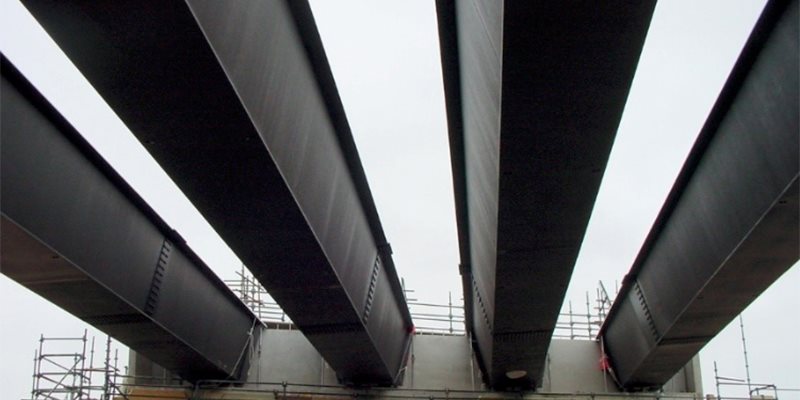
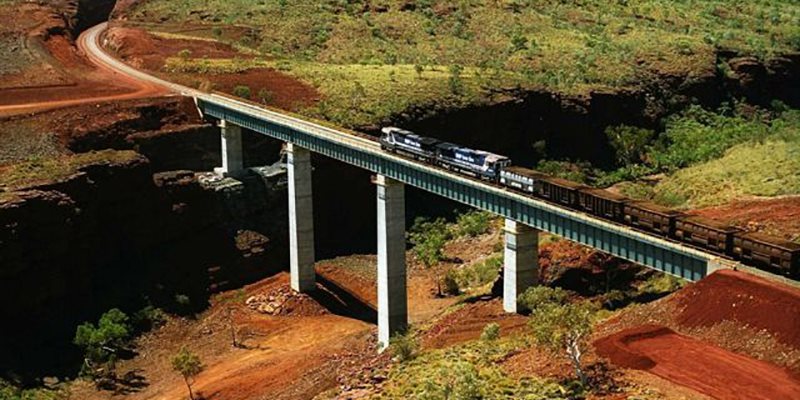
Steel brings with it a number of significant advantages for bridge design and construction, including:
low superstructure weight: leading to smaller and more cost-effective foundations
lighter assemblies for erection: leading to smaller cranes and cheaper site costs
simpler site connections: typically by straightforward bolting, allowing flexible site planning, with bolting together of sub-assemblies
prefabrication: taking advantage of good quality control in factory conditions and less impact by weather. The result is more reliable quality product
predictable maintenance costs: with known performance based on corrosion protection systems, whether paint systems or galvanizing
weathering steel: an option that may result in positive whole-of-life costs for bridge structures
low construction depth: with depth/span ratios of 1/20 to 1/30 typically. Combines slender appearance with potential reduced costs of earthworks for approaches
self-supporting during construction: with prefabricated units placed in position eliminating the need for falsework and minimising congestion on the site
continuous construction: continuity is easily achievable with bolted or welded joints, leading to increased structural efficiency and a reduced number of bearings. This provides better appearance, improved durability and an improved running surface
adaptability: of appearance through taking advantage of curves and colour, leading to aesthetic gain
sustainability: steel’s sustainability credentials are unparalleled
modularity: taking advantage of steel’s flexible configuration, the same basic design can be configured to be modular and suit a number of different project sites. The replacement of small single-span bridges on our country roads network is a prime example of opportunities presented by steel
visibility: all of the steel is generally visible for inspection, providing high confidence the structure is performing as intended.
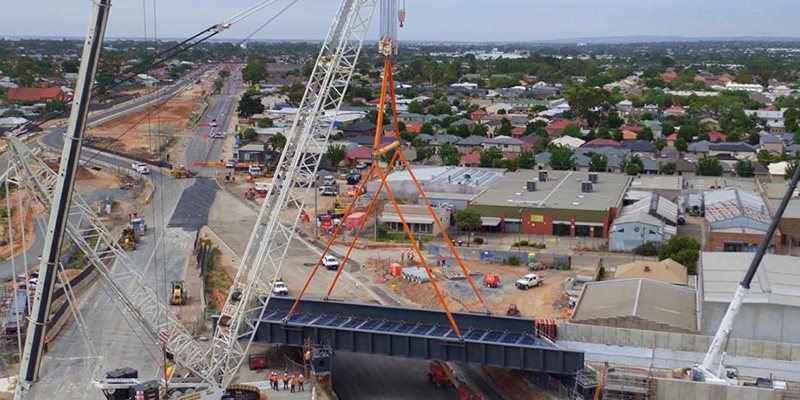
Torrens Road to River Rail Overpass. Courtesy T2T Alliance.
Weathering steel or, to use its technical title of 'structural steel with improved atmospheric corrosion resistance', is a high-strength, low-alloy structural steel that, in suitable environments, may be left uncoated because it forms an adherent protective rust 'patina' that minimises further corrosion. The alloys added to weathering steel compose only 2% of the steel make-up with specific alloying elements such as copper, chromium, silicon and, in some cases, phosphorus.
The additional alloying does not diminish the structural capability of the steel, with it offering strength, ductility, toughness and weldability suitable for bridge construction and covered by Australian Standard AS/NZS 3678.
Weathering steel adds to the general benefits offered by steel for bridges with:
no protective coating: thereby reducing on-going maintenance costs and potential whole-of-life costs
no coating application: potentially speeding up fabrication
improved operational regime: with no lane closures and the like required for ongoing maintenance
environmental benefits: with no VOC from oil-based coatings and no coating removal or containment of particles associated with ongoing maintenance of painted structures.
